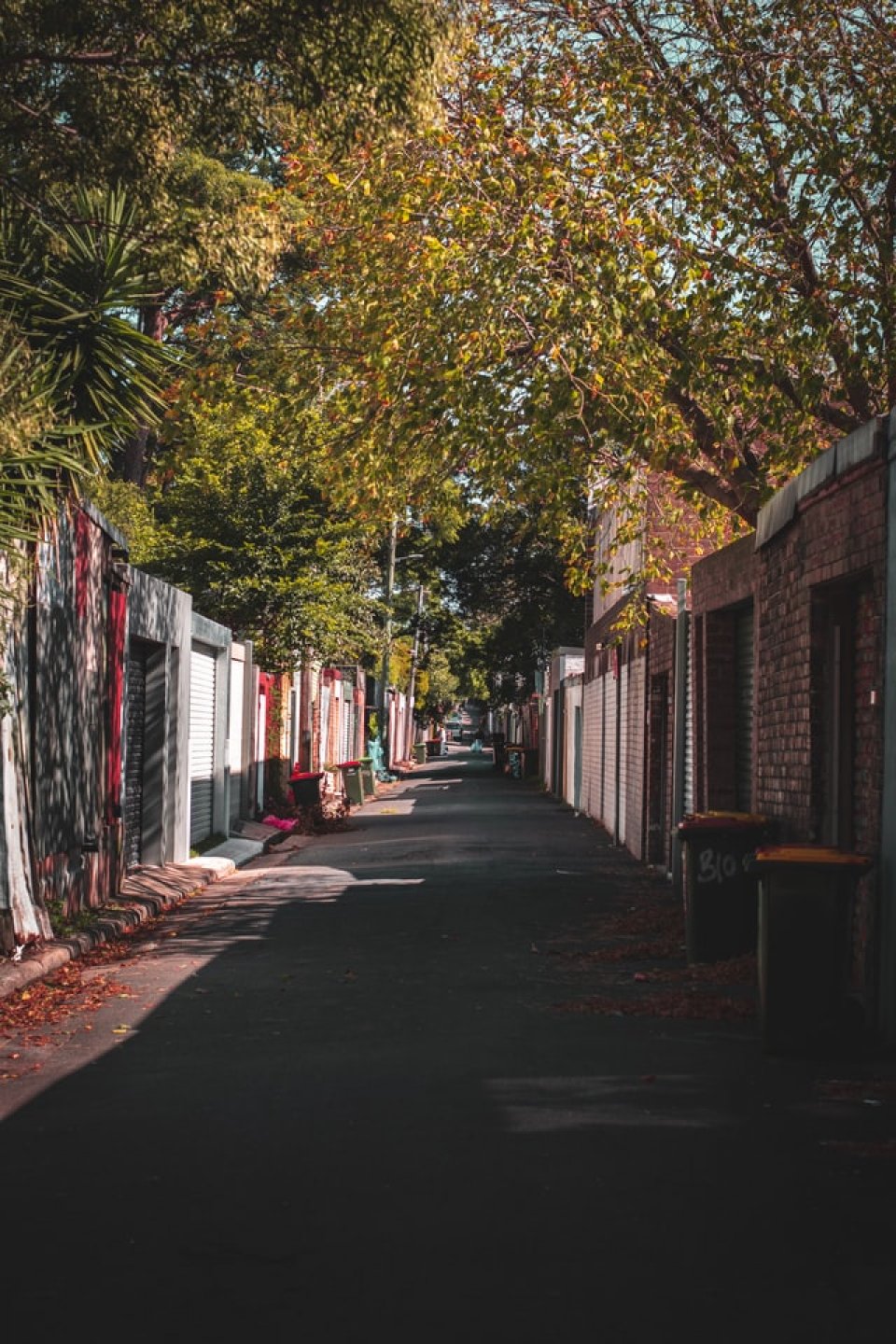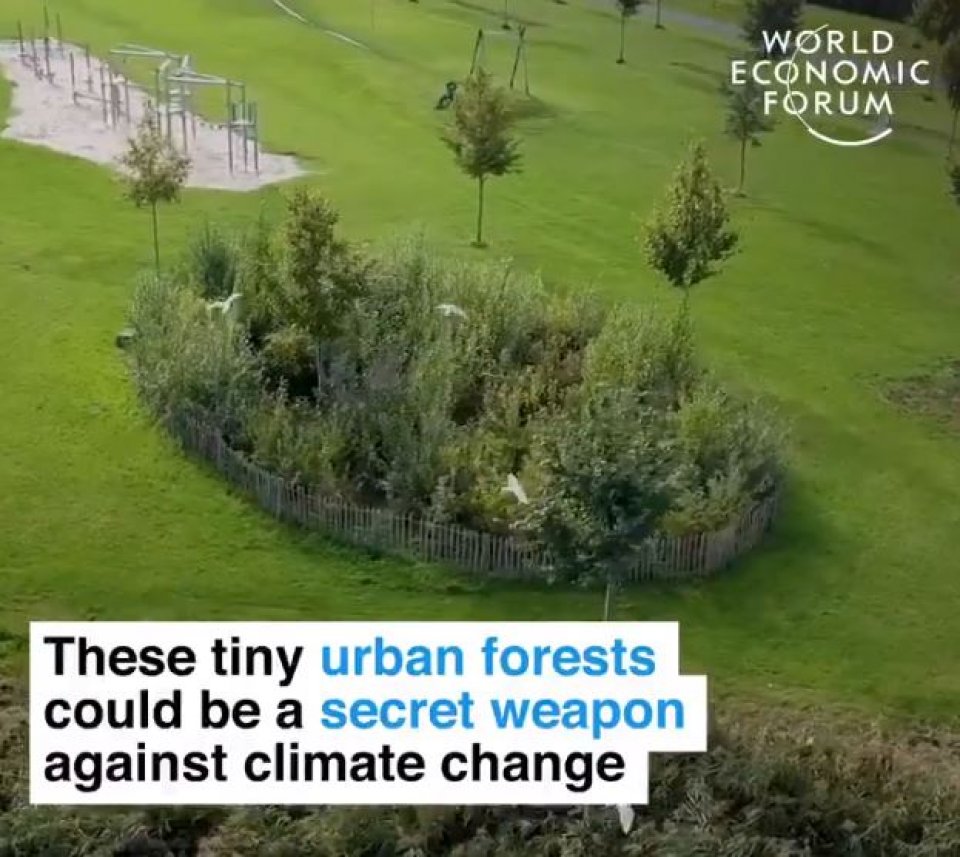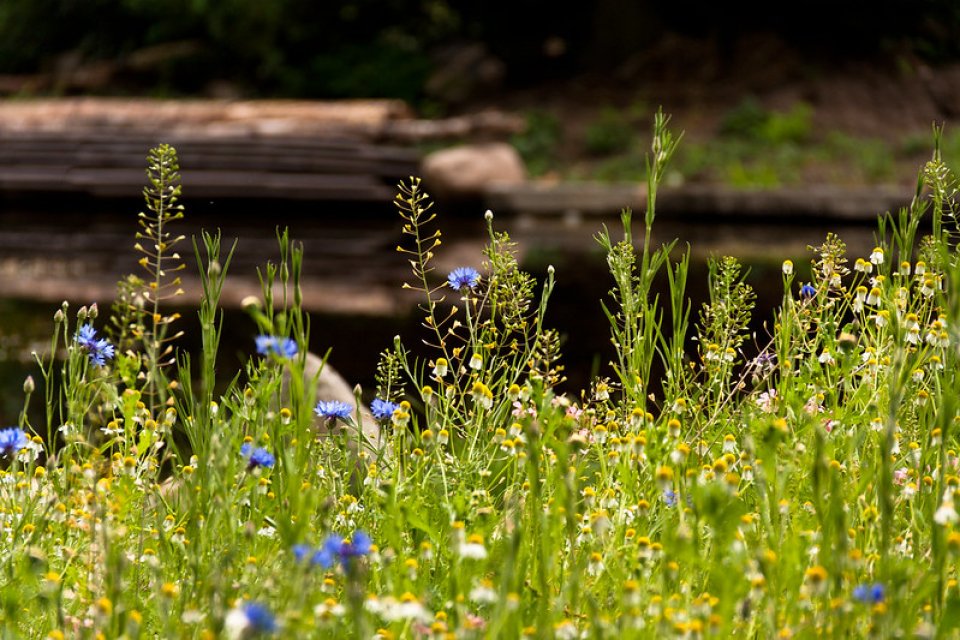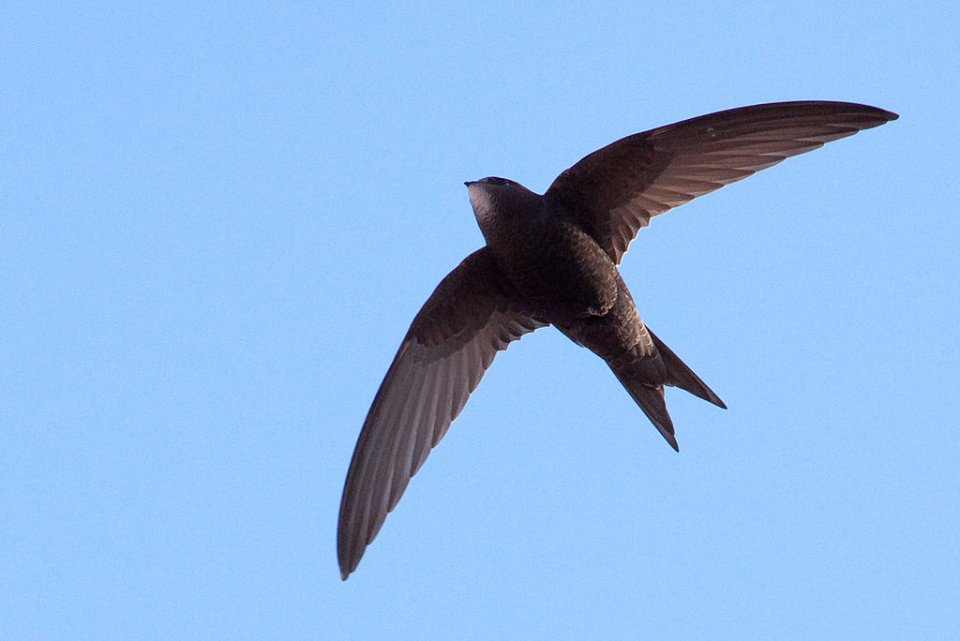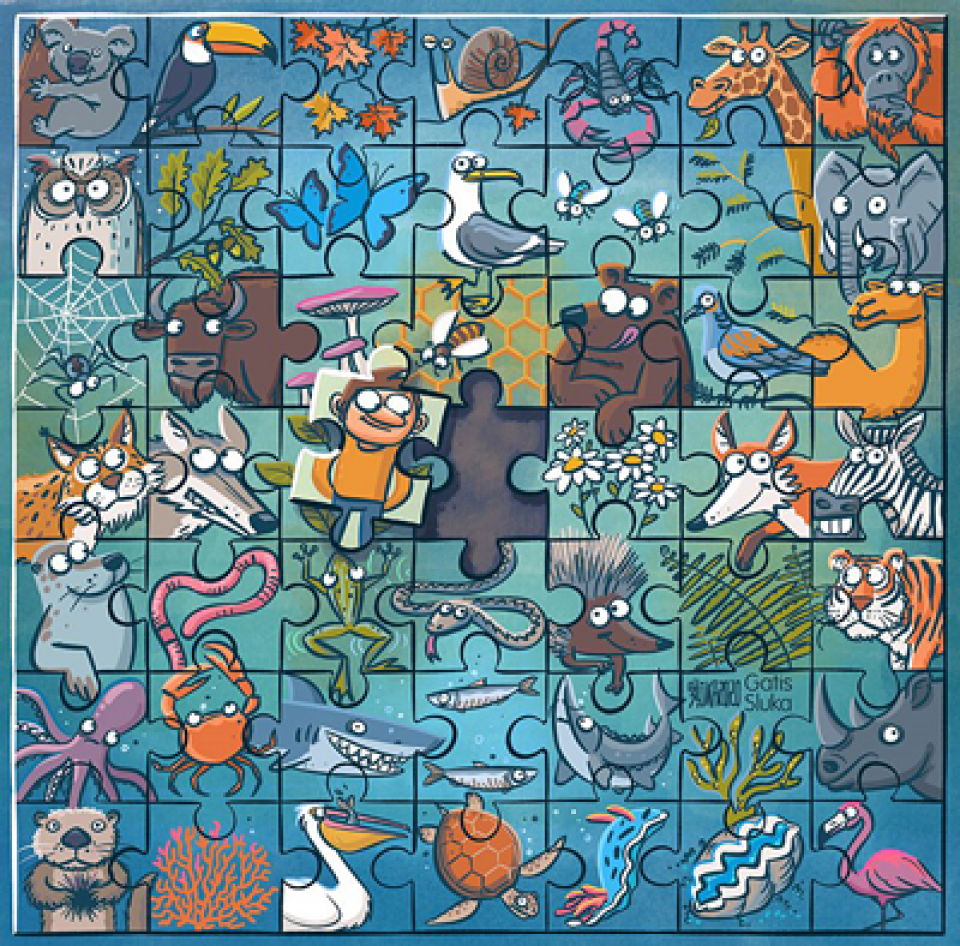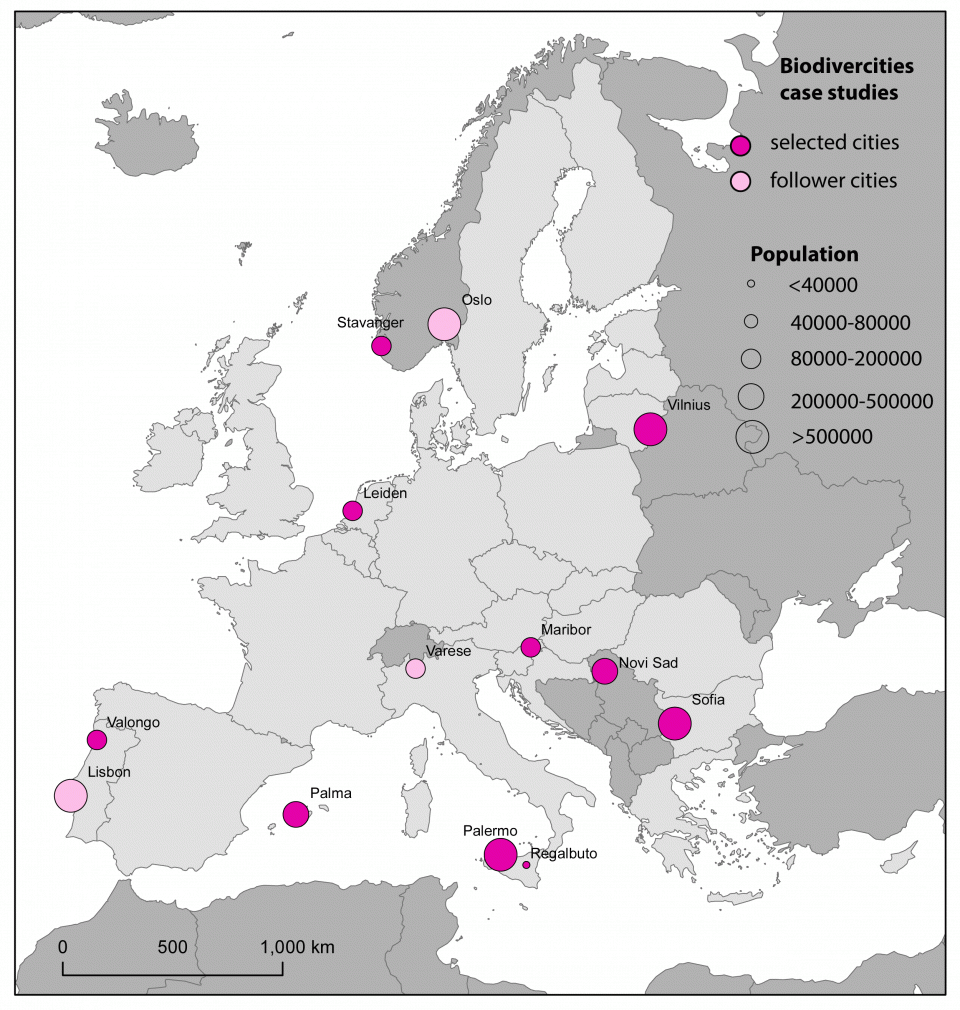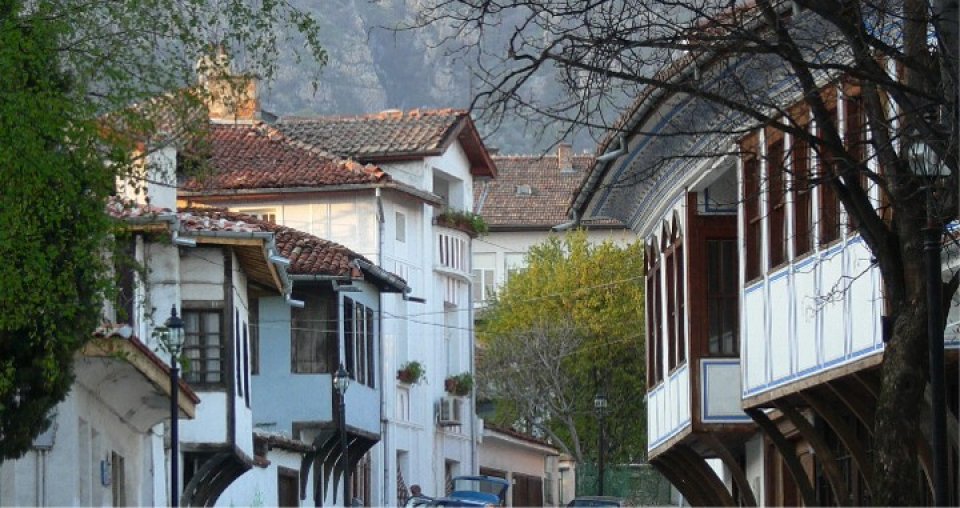BiodiverCities is a project in the context of the EU Biodiversity Strategy. It aims to enhance civil society participation in local and urban decision-making, leading to building a joint vision of the green city of tomorrow shared among civil society, scientists and policymakers. The project will collect practical examples of how to engage citizens in vision building around urban nature, monitoring, and solutions to improve urban biodiversity. It will also assess how urban green infrastructure can be used to provide local benefits for people and nature and how can it contribute to enhancing regional biodiversity. BiodiverCities is funded by a grant of the European Parliament. It is implemented by the Joint Research Centre and DG Environment. Our ambition is to deliver a roadmap to enhance the biodiversity and green infrastructure of European cities by 2030.
BiodiverCities
Public posts
Tools to map urban trees
Do you need to map individual urban trees? Here are some tools and methods that use modern data technology.
Treepedia: Exploring the Green Canopy in cities around the world. Treepedia measures the canopy cover in cities. Rather than count the individual number of trees, we’ve developed a scaleable and universally applicable method by analyzing the amount of green perceived while walking down the street. The visualization maps street-level perception only, so your favorite parks aren't included! Presented here is...
Planting of mini-forests in cities is growing in popularity
Planting urban forests can boost biodiversity, help mitigate climate change, contribute to a cleaner air, and cool cities during heath waves. Above all, it looks like a lot of fun to plant and take care of these mini-forests with citizens or schools to green neighbourhoods. A good idea for BiodiverCities?
More on minitature urban forests here. A nice video by WEF is on their twitter page.
Bye bye grass: a charter to to turn urban green deserts into flower rich meadows
Cities can take effective measures to increase biodiversity. For instance, the city of Leuven, Belgium, signed the Bye Bye Grass charter. This charter motivates businesses to turn monoculture grass lawns into flower-rich meadows which are better for climate and for biodiversity. This means less mowing, sawing specific seeds, and allow weeds to partially take over. Also citizens can help make cities a little bit wilder by turning ever green gardens into flower fields.
The Bye bye Grass charter is available in Dutch but a press kit is...
Varese News reports on BiodiverCities and on the citizen science initiative on swifts
Together with other 12 European cities Varese is part of BiodiverCities promoted by the European Parliament. The project aims at improving civil society participation in decision-making related to the deployment of urban green infrastructure.
Thanks to the collaboration between LIPU (Lega italiana protezione uccelli – Italian association for birds protection) and GIO (Gruppo Insubrico Ornitologia, a local ornithology association) Varese is setting up a citizen science activity for swift data collection and mapping.
The objective of the activity is to raise awareness between...
Share Your Best Forest Image and Act for Nature
Connecting with trees and forests is essential for building a world where people and ecosystems live in harmony. Today is World Environment Day, and it's time #ForNature! Participate in the global photo contest #ForestChallenge, hosted by Cities4Forests, and submit your images from time you have spent in nature with friends, family, and colleagues by 15 June. Inspire...
The EU's 2030 Biodiversity Strategy has now also urban biodiversity targets
On 20 May 2020 , the European Commission adopted a new biodiversity strategy to 2030. It sets ambitious targets to protect more nature, to restore ecosystems and to step up governance, monitoring and global efforts.
The urban dimension is now well recognised in the new biodiversity policy.
As part of a wider nature restoration plan, more focus will go to cities. To bring nature back to cities and reward community action, the Commission will motivate cities to develop...
These BiodiverCities will jointly work with citizens to improve urban nature.
The BiodiverCities project has invited ten cities to participate in citizen engagement activities that improve urban nature. The cities are Leiden, Palma, Valongo, Stavanger, Vilnius, Sofia, Maribor, Novi Sad, Palermo and Regalbuto. Also Oslo, Varese and Lisbon are committed to closely follow the project.
Curious to see in which countries the BiodiverCities are situated. Discover them on the map.
The different BiodiverCities will each set up activities to better engage citizens in their urban biodiversity policies. Citizens can help in many ways: By monitoring urban species...
Expressions of interest to participate in BiodiverCities: Update
We received 40 expressions of interest of cities to collaborate with JRC in the context of BiodiverCities. We thank all these cities for their interest in our project. We will carefully read your proposals and contact you whenever we need some additional information. We try to finalise our assessment by 31 March but we are impacted by restrictions set by the Italian government with respect to the coronavirus outbreak in Lombardia where the JRC is located.
Call for an expression of interest to collaborate with the BiodiverCities project
SETTING THE SCENE
In the wake of the European Green Deal for EU and its citizens sets out by the European Commission, “tackling climate and environmental-related challenges” have become one of the top political priorities of current times. The EU’s aim to become the first climate-neutral continent by 2050 will require consistent investments, fair transition mechanisms and engagement of all publics involved – from citizens to municipalities.
Coherently with such agenda, the Joint Research Centre (JRC) is looking for 10 cities...
How Cities are Using Architecture to Combat Flooding
A set of case studies on how to use urban green infrastructrure and nature-based solutions to mitigate flooding in cities. European examples include Copenhagen, Faaborg, Hamburg, and Venice.
https://www.archdaily.com/931720/how-cities-are-using-architecture-to-combat-flooding

